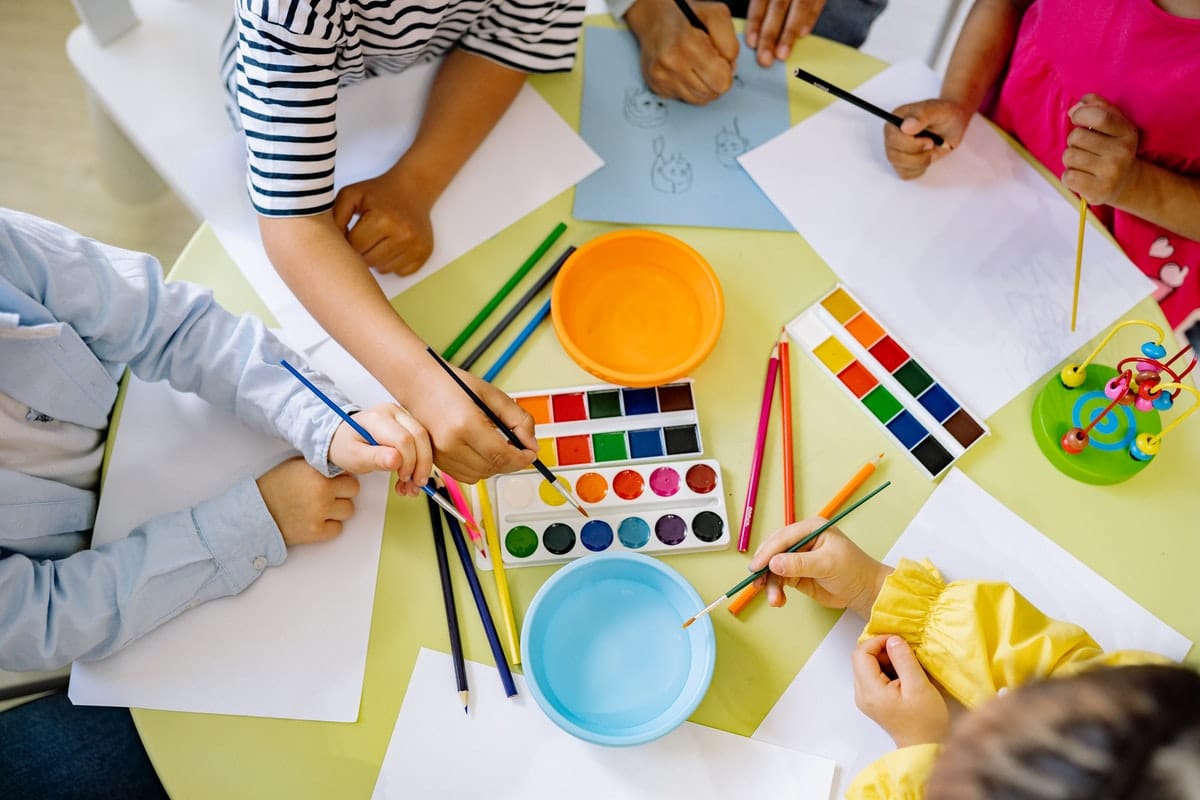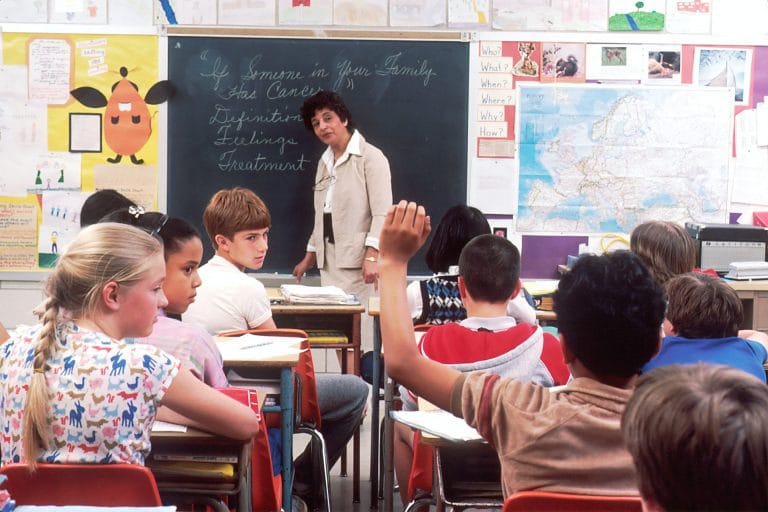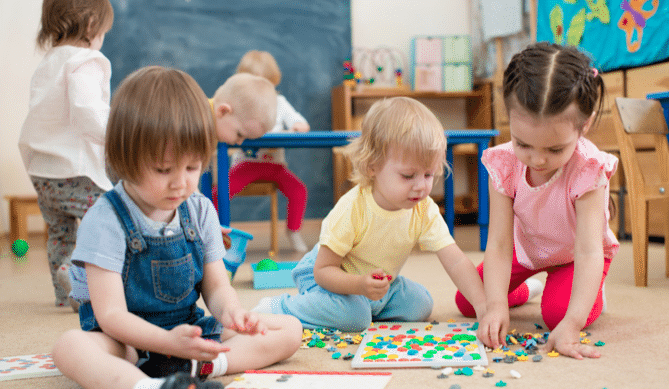Reading and writing is something that many children struggle with. Making learning these concepts fun is key to seeing success. Most likely your child will need extra practice and doing some of these activities at home will help reinforce what they are learning at school. If you are a homeschool family, these activities are easily added to any language arts curriculum.
1. Idiom Activities
Idioms are naturally fun, but can also be naturally difficult to learn. There are no tricks to learning idioms other than having to learn what each one means individually. An example of an idiom in the English language is “It is raining cats and dogs.”
Visualizing idioms is a great way to solidify what the idioms mean since the words in the phrases themselves can be misleading. If the student draws a picture of what the idiom means they will remember it for a long time. Not to mention they will have a lot of fun in the process. This link has a list of idiom activities with examples and printouts.
2. Synonym Match
Matching is a natural activity for synonyms. Synonyms are two different words that have the same or similar meaning. Learning synonyms is important for increasing vocabulary. Increasing vocabulary will improve writing skills and boost reading comprehension.
Synonym matching could be as simple as drawing a line between two columns on a piece of paper, or you could go the extra mile and actually print out cards like a traditional matching game. This activity can also be adjusted for a few different age groups. Things like twig and stick could be matched for young children, and words like perplexed and confounded could be used for an older group.
3. Theme Writing
This one can be used and reused all throughout the year and even the summer. Give the child a topic that is current such as a holiday. Task the child with writing a certain number of words on that particular topic. This is great writing practice, and gives the kids a chance to practice without feeling the pressure to write formally and the confidence to write on something they understand and are interested in.
A few ideas for theme writing prompts are:
- Goal setting
- Love
- Leprechauns
- Gardening
- Mothers/family
- Summer fun
- Ghosts
- Pioneers
- Christmas list
4. Genre Match
There are many different types of genres. There comes a point when a child can benefit from knowing the difference between genres and knowing what options are available. This comes in handy when they are doing writing of their own, but it specifically comes in handy as they learn to love reading and diversify their reading portfolio.
If a child does not know what a genre entails they will probably not choose a book from there. Learning just a little bit about each genre should be enough to get them started. With that being said, a simple matching game with a genre title and a brief description is all they need to start understanding and selecting genres in their wheelhouse.
5. Editing Practice
This is such a low preparation activity. There are many online options where you can go to find a poorly written paragraph. Or, you could find a well-written paragraph and add in your own mistakes. All the child has to do is identify the mistakes in the paragraph as if they are editing a peer’s paper.
This kind of activity will create useful editing by your child and/or students in the future. It will train their brain and eyes to identify mistakes in writing. This is also a great opportunity to teach the child about standard editing symbols such as three small lines for capitalization and a circle for spelling.
Learning Activities Work
Activities get a bad reputation because people often think that in order for education to be effective it also has to be boring. It is unclear where that notion came from, but at any stage, learning can be fun. This is particularly important, however, in the young ages and beginning stages of school curriculum. Young brains require more stimulation because children have a shorter attention span. There is also a substantial amount of research showing that movement associated with learning helps the brain make lasting connections.
The fact of the matter is that making learning fun through learning activities is effective. Children respond well, are more likely to keep their attention on the subject, and will be more likely to remember long term when a new concept is introduced in a fun and exciting way.











